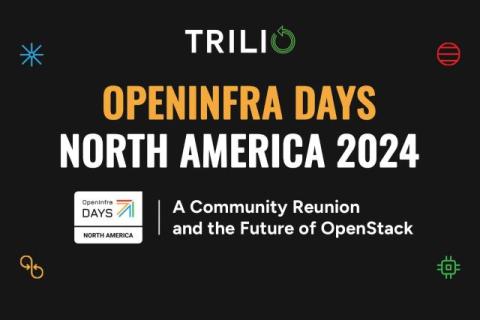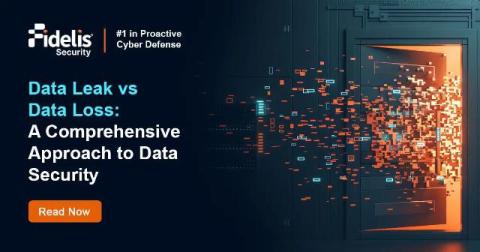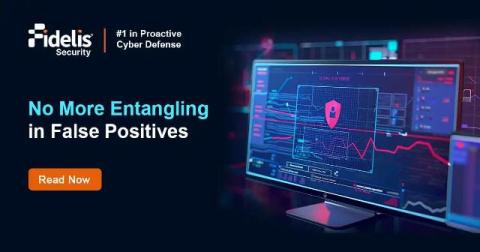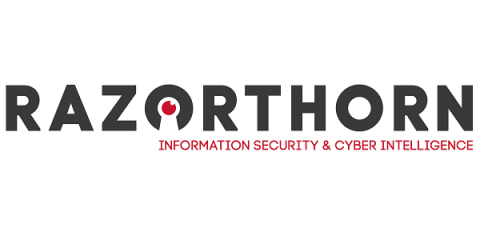OpenInfra Days North America 2024: A Community Reunion and the Future of OpenStack
At Indiana University, OpenInfra Days North America 2024 was an event that brought together the brilliant minds of the open infrastructure community. For my teammate Kevin Jackson and I, this was not just another tech event; it was a long-overdue reunion with friends in the OpenStack community and an exciting opportunity to forge new relationships. The atmosphere was charged with collaboration and learning, with best practices, user journeys, and insightful panel discussions taking center stage.











